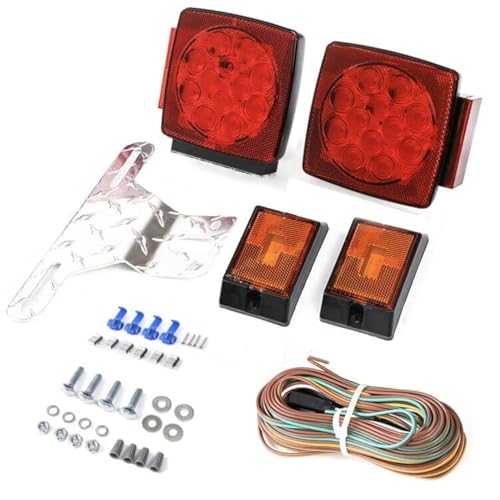After hand tracing a squiggly orange line onto the laser line, I used a stick to clean up the curve.

The black line on the right, on top of the squiggly orange line is what I'm cutting. The squiggly black line was when the laser wasn't centred properly

I also slipped a piece of sign board in between, and traced the line onto that. So I have a template for the other side. And a permanent record in case I want to try this again. That's what the dirty white wedge next to the spare helmet is.

Next, have to gather up my nerves and cut it all out using my cordless circular saw. Then notch the corner seam so I can flex the side panels to meet the bottoms, then mark out the filler panel where the chine curves up the bow. But I'm getting ahead of myself here. Gotta tidy up the space, and mark and cut out the transom piece.
See you on the water
Brian

The black line on the right, on top of the squiggly orange line is what I'm cutting. The squiggly black line was when the laser wasn't centred properly

I also slipped a piece of sign board in between, and traced the line onto that. So I have a template for the other side. And a permanent record in case I want to try this again. That's what the dirty white wedge next to the spare helmet is.

Next, have to gather up my nerves and cut it all out using my cordless circular saw. Then notch the corner seam so I can flex the side panels to meet the bottoms, then mark out the filler panel where the chine curves up the bow. But I'm getting ahead of myself here. Gotta tidy up the space, and mark and cut out the transom piece.
See you on the water
Brian
















































































































